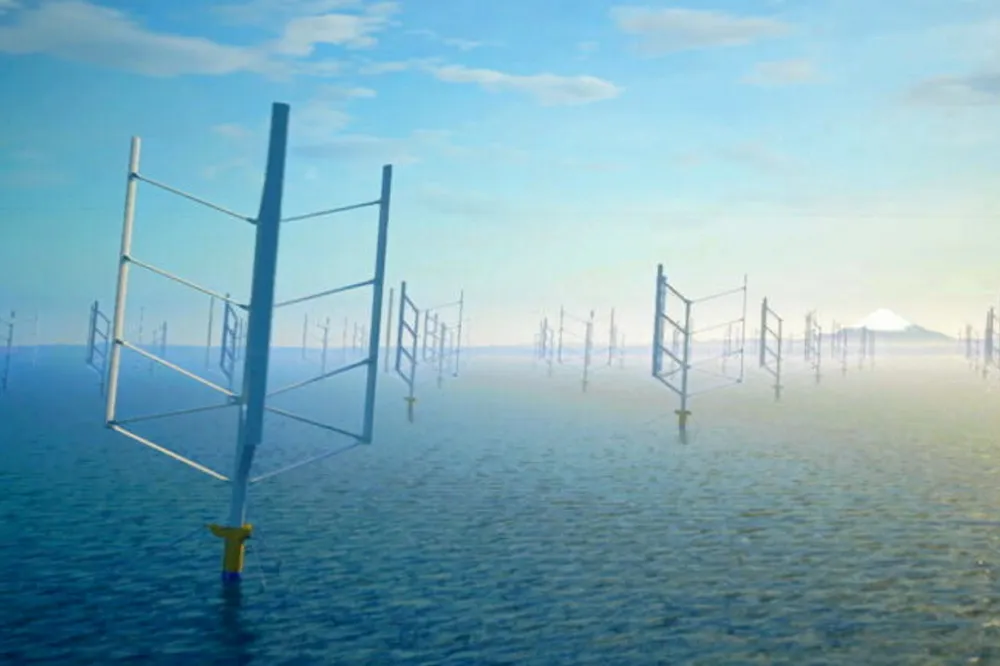Big-name Japan consortium to develop floating vertical axis wind turbines
Vertical axis design would see turbine body rotate with blades, possible due to machine’s low centre of gravity

A Japanese consortium has been selected to conduct a feasibility study to develop its concept for a large-scale vertical axis floating wind turbine.
Five companies – Albatross Technology, Electric Power Development, Tokyo Electric Power, Kawasaki Kisen Kaisha and Sumitomo Heavy Industries Marine Engineering – have jointly proposed the concept.
This was in response to a call by Japan’s New Energy and Industrial Technology Development Organization (NEDO), a national research and development agency, to develop next-generation technologies to accelerate the roll-out of floating wind.
Albatross Technology said there is a particular need to develop floating wind power in Japan, where shallow seas are limited. The Global Wind Energy Council previously reported Japan has around 128GW of fixed-bottom and 424GW of floating wind potential.
An announcement by Albatross features a diagram of what it says is a large-scale 5MW machine.
The design would see the wind turbine and the floating body rotate together. When wind turbines are designed with a vertical axis, Albatross says that heavy objects such as generators can be mounted below the turbine, resulting in a low centre of gravity.
As there are no heavy objects on top, the support structure is lighter and tilting, as seen in the imagery for the design, is tolerable, said Albatross.